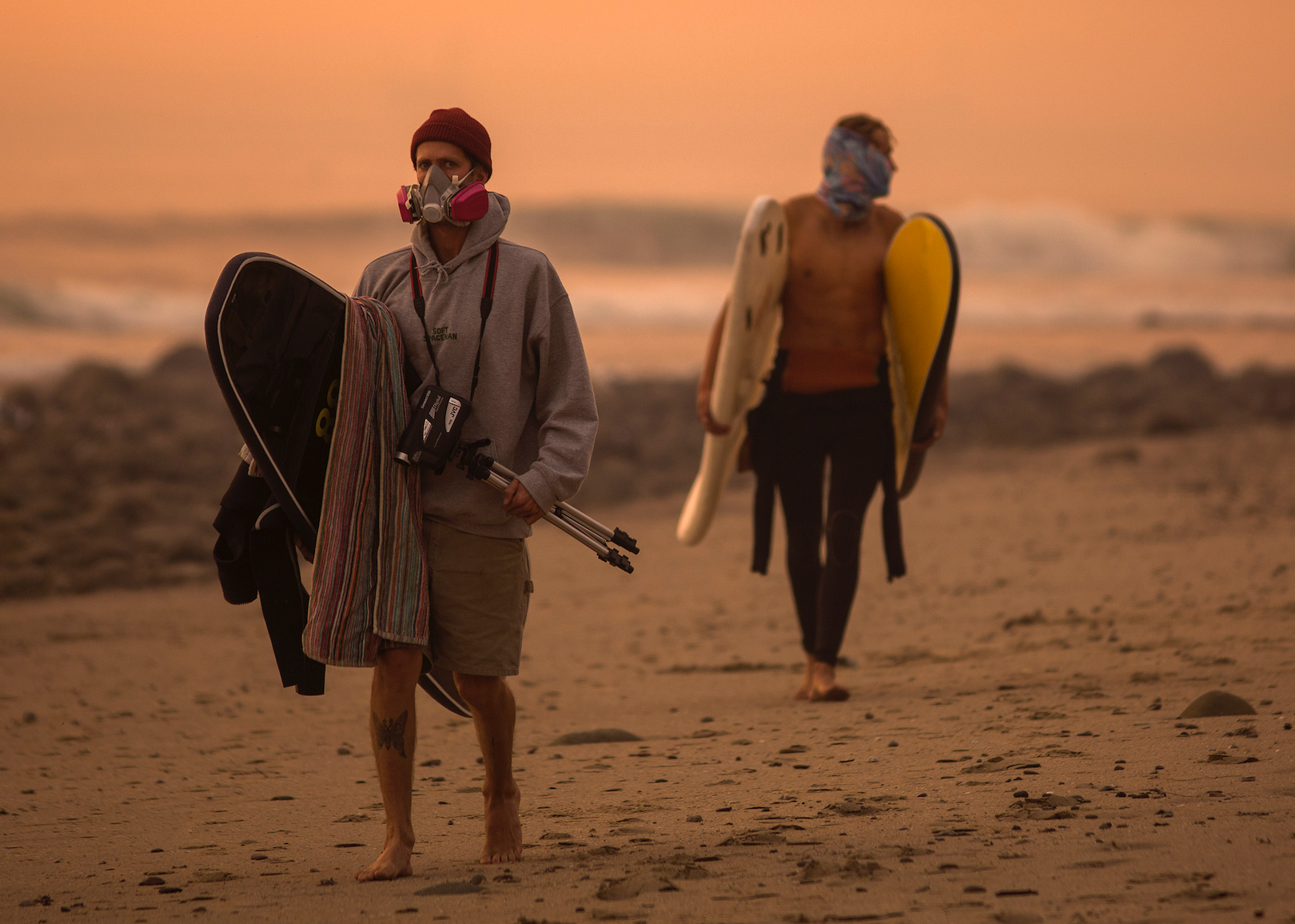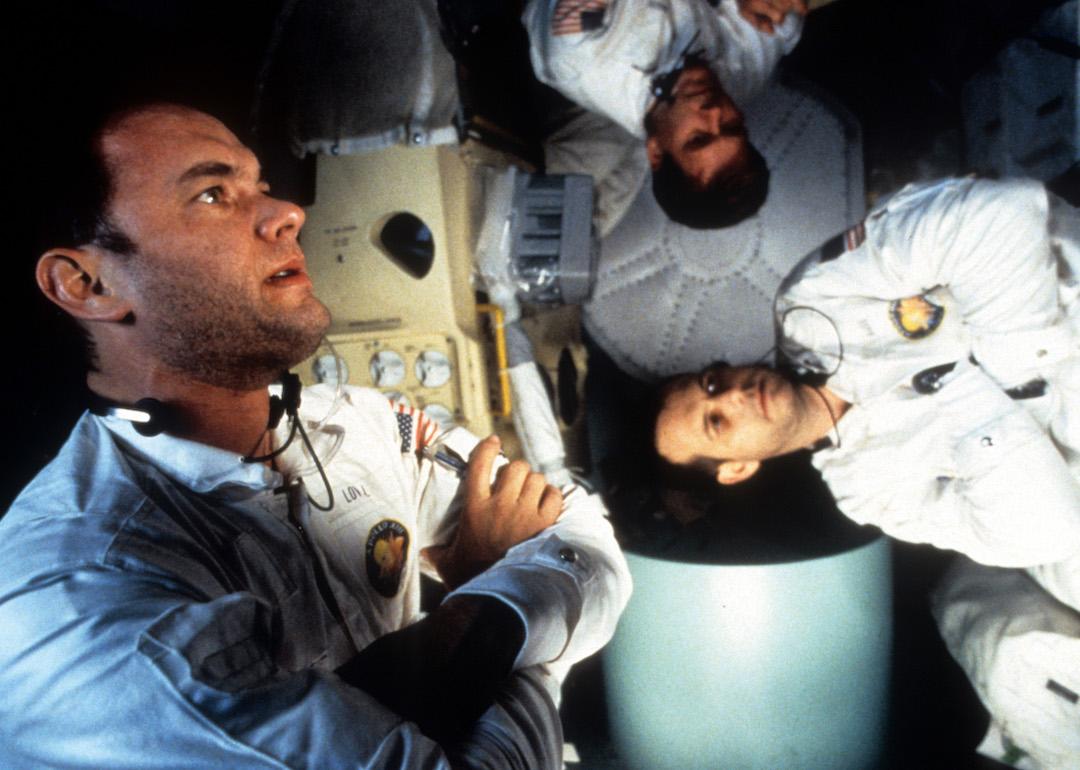
Bizarre weather events from the last year
Australian think tank Breakthrough - National Centre for Climate Restoration released a report in May 2019 claiming that without major changes to human-caused carbon dioxide emissions, the world could see the beginnings of the end of civilization as we know it as soon as 2050. Breakthrough's report further states the need to address climate change immediately—or risk being set on a course that can't be changed.
Experts have pointed to the potential for mass die-outs from starvation because of droughts, rising sea levels that have already caused several once-populated islands to be abandoned, an expansion of disease, and the already-in-motion mass refugee crisis due to dwindling agriculture and lack of access to fresh water.
The effects of climate change (and the role humans play with the global rate of greenhouse gas emissions) appear to be growing and influencing massive weather complications that devastate populations around the world. 2019 has already seen a spike in major weather events compared to previous years, from rare fire tornadoes in California and the Arctic browning to snow in Hawaii and record numbers of tornadoes in the United States.
Stacker looked at weather data over the past year and compiled some of the most outrageous and rare weather events that occurred. Below, Stacker explains what happened, how it happened, and what the effects were—including the amount of damage or deaths when they happened.
You may also like: States with the most federal emergencies and disasters
January 2019: Chicago grows colder than Antarctica for a day
The polar vortex that blew across the Midwest in January 2019 and killed eight people didn't just freeze Chicago with record-breaking cold temperatures, but also Minneapolis, Milwaukee, and other spots near the Great Lakes. Chicago last had temperatures that low in 1985, though subzero freezes could become much more common as climate change warps the atmosphere in the Arctic that keeps those extreme temperatures at bay. When temperatures get lower than -45 degrees Fahrenheit, you can get frostbite in just five minutes.
February 2019: Black snow falls in Siberia
In the coal-mining region of Siberia, snow doesn't fall white—it falls black, thanks to coal dust kicked up from open-pit mines. The region has 2.6 million people, and life expectancy is several years lower than the national average in Russia, thanks to the toxic compounds in the coal dust. The region also has higher rates of cancer, cerebral palsy, and tuberculosis.
February 2019: Kona low hits Hawaii with record winds and snow
Kona lows are seasonal cyclones that hit the Hawaiian islands during winter, thanks to winds coming from the west—or “kona” direction. This particular storm saw wind speeds as high as 191 mph and snow. One person died, and tens of thousands lost power.
March 2019: Unprecedented rain brings flooding in Iran
Across 25 provinces in Iran, residents dealt with enough rain to match half the annual average—but in one day. The unprecedented storms and flooding lasted into April and killed about 70 people, injuring hundreds more.
May 2019: Record number of tornadoes land in U.S.
Throughout May, the U.S. experienced a historic amount of tornadoes—530 confirmed, with one 12-day stretch averaging 27.5 per day, killing about 30 people. The previous record for tornadoes in consecutive days was set in 1980. Scientists have noted that, for an undetermined reason, the U.S. is getting fewer days where tornadoes spawn overall, but the amount of tornadoes occurring on those days has been increasing.
May 2019: Polar jet stream experiences unusual movement
Although a jet stream that moves in weird ways isn't particularly unusual, high intensity of the movement is strange. These severe kicks to the polar jet stream cause many dramatic weather problems—mostly in winter, though this year was the first time it happened in May since 1977—and scientists believe declining Arctic ice, thanks to human-caused climate change, is to blame.
July 2019: Hottest month worldwide
While Europe faced extreme heat in June and again in August, July went on the record books as the hottest month worldwide. Record-high temperatures this month were about three times higher than record low temperatures in urban areas across the globe, according to reporting from Eric Holthaus in Rolling Stone. This year's heatwave happened even without a strong El Niño, a band of warm ocean water in the Pacific Ocean that usually precedes heat waves. Scientists predict that, with continued climate change, this heat will be the new normal.
July 2019: Record flooding of the Mississippi River
The Mississippi River stayed at flood levels for months this year. Red River Landing, La., for example, saw the river at flood stage for 214 days straight starting in December 2018. The flooding was caused by an intense spring rain season across the American South, which overlapped dangerously with hurricane season. If a hurricane makes landfall in southern Louisiana this year, the storm surge could push the flooded Mississippi River into New Orleans, according to reporting from the Weather Channel.
July 2019: Forest fires in the Arctic Circle
Summer is wildfire season in forest areas around the world, but fires burning in the Arctic circle this summer are big enough to be "unprecedented in the 16-year satellite record," according to environmental geography professor Thomas Smith. These fires are particularly concerning to scientists because long, wide fires can ignite peat soil areas, accumulations of partially decayed vegetation common in the Arctic that store massive amounts of carbon. In a terrible cycle, burning peat soil emits greenhouse gases, which exacerbates warming, which causes more fires. Pictured here is an unidentified source of smoke in the air in Alaska.
August 2019: Dark skies in São Paolo
Brazil President Jair Bolsonaro has faced international criticism as prolonged fires in the Amazon Rainforest have been tied to his regime's anti-environmental policies. These fires on Aug. 19 likely combined with a cold front to cloud São Paulo, the largest city in the western hemisphere, in darkness. In the rainforest itself, smoke lingered for days. Pictured here is a snapshot of the fires in Brazil.
You may also like: States with the most federal emergencies and disasters



